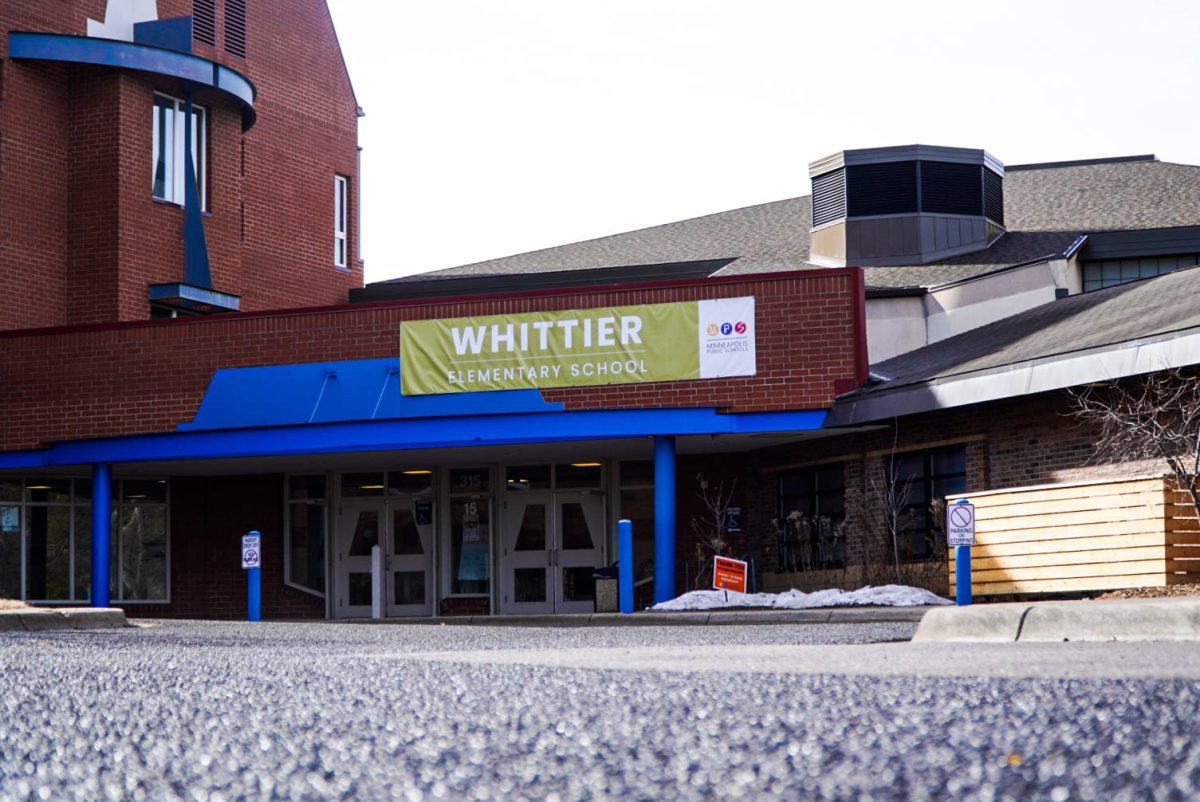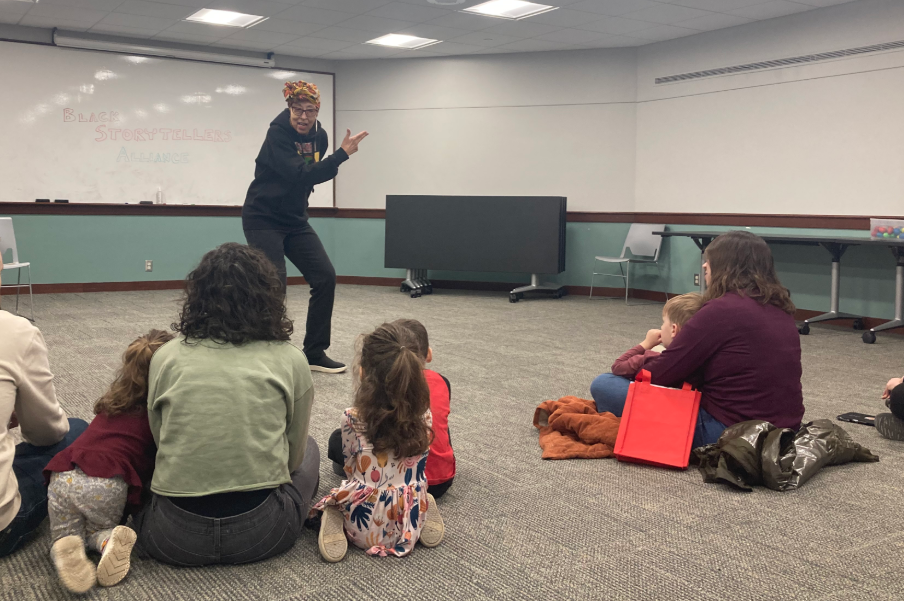Minneapolis-based housing developer Artspace broke ground on its largest affordable housing project yet for Northeast Minneapolis artists on Oct. 24.
The project intends to accomodate both creative passions and family living needs, according to Project Coordinator for the Minneapolis Community Planning and Economic Development Department Jamie Radel.
The city helped Artspace garner $50 million in funding from bonds, loans and tax credits, according to Radel.
The project aims to prevent the constant displacement of artists from living spaces by providing permanent housing to around 350 artists who were already a part of the Northrup King Building’s commercial studios as well as expanding access to others with affordable pricing, Artspace’s Vice President for Property Development Becky Carlson St. Clair said.
“It’s really just kind of more of a stabilizing place for artists in which they can go,” Carlson St. Clair said. “It’s helpful for other artists to be connected to one another, kind of learn from each other, they can also kind of help develop together.”
Construction of residential spaces inside the commercial studios is expected to be completed by March 2026.
Carlson St. Clair said Artspace received enthusiastic support from the city and Northeast residents at the groundbreaking for a project rare for its size.
“Having a 13-acre site in the city of Minneapolis to develop at this time is not very common,” Carlson St. Clair said. “There’s not that sort of volume, and so I really think that it’s going to be a hugely transformational project.”
Artspace purchased the 106-year-old Northrup King Building in 2019 from a commercial developer who would only sell the historic property if it was guaranteed to be preserved.
Radel said the development process for Artspace’s project was not simple and took more time than most affordable housing projects because of the complicated process of finding funding. As a steward of the property, Artspace needed to figure out how much money was needed to develop a plan of how the building would work and how it would be renovated.
“(Artspace) took ownership, and it wasn’t like the next day they thought they were going to start their housing,” Radel said. “They needed to figure out what they were going to do with this 13-building complex that they had just acquired.”
Artists often do not make a reliable income, do not receive insurance and struggle financially, according to Ben Johnson, the director of Minneapolis’ Arts and Cultural Affairs Department.
Johnson, who grew up in Minnesota viewing Minneapolis as an epicenter for arts and culture, said building affordable housing for artists is a direct investment in the cultural identity of the city.
“If we want artists, one of the two biggest things that affect them is being able to live affordably and then having a space to create art,” Johnson said. “If we can help mitigate that or support those things to allow them to be creative, then that’s great.”
Artists often work multiple jobs and rarely profit from their art, Carlson St. Clair said. Artspace’s new affordable housing aims to lower the financial burdens artists face.
“These artists are like anybody else in any other building in which they’re working in a couple of jobs or whatever,” Carlson St. Clair said. “Having this housing might allow them to maybe not have as many jobs to fill that in and have time to pursue their art.”
Johnson said providing Minneapolis artists with an affordable housing safety net creates room for their creativity and enhances the city’s quality of life through their art.
“It’s a cultural asset for me to know that we are anchoring, supporting and ensuring that we are carving out that place for art and culture is essential to the quality of life,” Johnson said.













